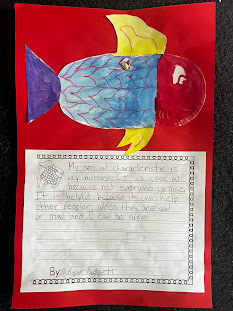Elements and principles of design

Description: In this project, we were tasked with capturing images representing each element and principle of design. Once we had our photos, we worked to create a PowerPoint that defined these elements and principles, providing a way for students to further explore and understand them. Extension Activity: An activity would be to go outside on a nice day with the class and do a walk around the school. Students could then point out and describe different things that they saw that we examples of elements and principles of design.


.jpg)


